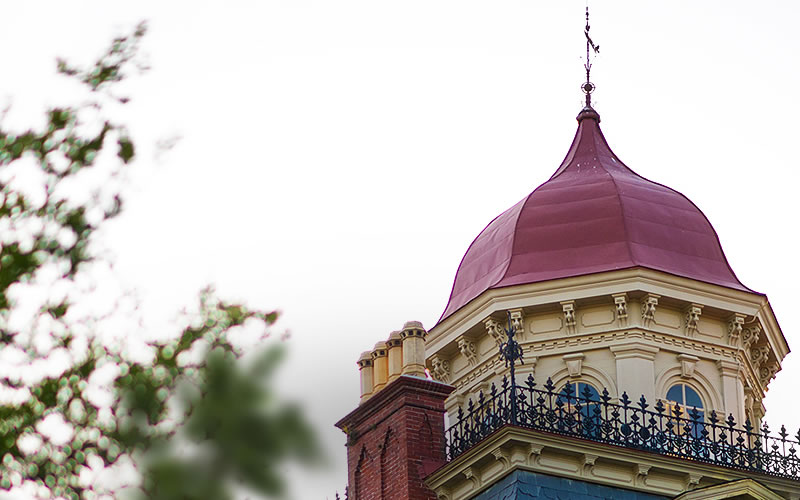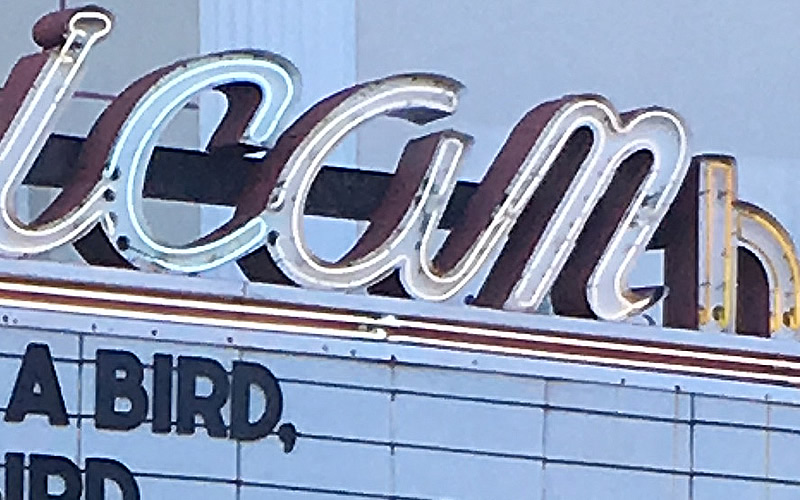This is a close-up photo of a place in Charleston that readers should frequently see. Where is it? Send your guess to editor@charlestoncurrents.com with “Mystery Photo” in the subject line. Please make sure to include your name and contact information.
Last issue’s mystery
 In the April 30 Mystery Photo, we showcased the top of a building and asked where it is. Answer: Wentworth Mansion in Charleston, a top-quality, luxury hotel on, well, Wentworth street.
In the April 30 Mystery Photo, we showcased the top of a building and asked where it is. Answer: Wentworth Mansion in Charleston, a top-quality, luxury hotel on, well, Wentworth street.
Hats off to readers who figured out the mystery: George Graf of Palmyra, Va.; Tom Tindall of Edisto Island; Archie Burkel of James Island; Chalmers Mikell of Columbia; Chris Brooks of Mount Pleasant; Scott Watson of Charleston; Deborah Getter of Johns Island; and Bridget Price of the Charleston area.
Graf said he had to do some digging to find the building, which “was ranked in 2018 as the #2 Luxury Hotel in the United States by TripAdvisor Traveler’s Choice Award and was on the Conde Nast Gold List for 2018.
“According to charleston.com, built at a time when money was scarce in the south, Francis Silas Rodgers gave Charleston one of its grandest homes.
“Rodgers was born in Charleston in 1842 and went into the cotton factoring business with his father. A factor was simply a broker or middleman; most cotton planters used cotton factors located in major ports like Charleston to sell their exports. Even after the Civil War, sea island cotton was a viable export in the South until the early part of the twentieth century when the boll weevil came along.
“Rodgers was able to weather most of the economic problems facing the South after the Civil War. Though Charleston and the surrounding area was economically devastated, some Lowcountry land owners, such as the Draytons, fortunately were able to find phosphate on their property. Rodgers invested in phosphate and owned a large interest in the Atlantic Phosphate Company. He also invested in other business enterprises and built his wealth over a period of years.
“Rodgers was active in local politics, serving on the City Council for two terms. For a city that endured five great fires between 1740 and 1861, one of Rodgers’ most important contributions was the organization of Charleston’s first paid professional fire department. Rodgers spent many hours using the cupola at 149 Wentworth as a watchtower for fires.”
Send us a mystery: If you have a photo that you believe will stump readers, send it along (but make sure to tell us what it is because it may stump us too!) Send it along to editor@charlestoncurrents.com.




 We Can Do Better, South Carolina!
We Can Do Better, South Carolina!
























